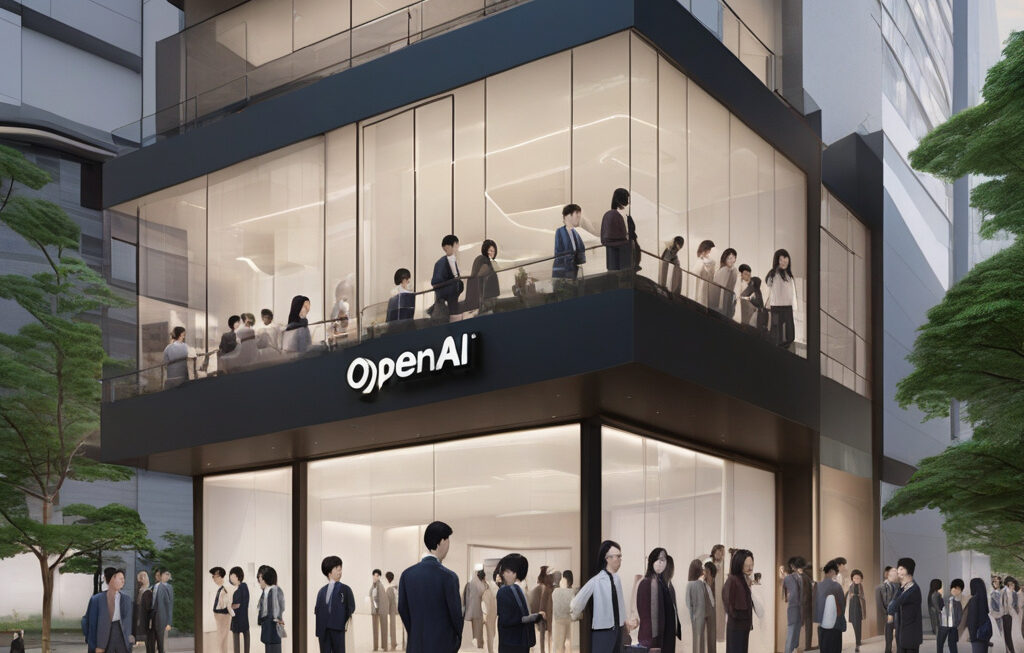Former OpenAI Staff Challenge Company’s Shift to For-Profit Model
In recent times, the artificial intelligence research company OpenAI has been making headlines due to its controversial decision to transition to a for-profit model. This move has raised concerns among industry experts and the public, with many questioning the company’s potential shift in focus from public accountability to prioritizing profits.
Founded in 2015 with the mission to ensure that artificial general intelligence (AGI) benefits all of humanity, OpenAI initially operated as a non-profit organization. This structure was seen as a reflection of its commitment to advancing AI in a responsible and ethical manner, free from the pressures of maximizing profits for shareholders. However, the recent shift towards a for-profit model has cast doubt on whether OpenAI can uphold its original principles while pursuing commercial interests.
One of the primary reasons for the skepticism surrounding OpenAI’s transition is the potential impact on the transparency and accessibility of its research. As a non-profit, OpenAI was known for its dedication to open collaboration and the sharing of findings with the broader AI community. By becoming a for-profit entity, there are concerns that the company may prioritize proprietary research and withhold valuable insights from the public domain.
Moreover, the shift to a for-profit model raises questions about how OpenAI will navigate ethical considerations in the development and deployment of AI technologies. As AI continues to advance rapidly, ensuring that these technologies are used responsibly and ethically is more critical than ever. The fear is that a focus on profits could lead OpenAI to overlook potential risks and societal implications in favor of short-term financial gains.
The concerns surrounding OpenAI’s transition to a for-profit model are further exacerbated by the departure of key staff members who have been vocal about their reservations. Former employees have expressed unease about the company’s changing priorities and its potential divergence from its original mission. Their insights offer valuable perspectives on the challenges that OpenAI may face as it navigates this significant transition.
Despite the apprehension surrounding OpenAI’s new direction, some argue that the shift to a for-profit model could enable the company to scale its operations and accelerate the development of AI technologies. By attracting investment and partnering with commercial entities, OpenAI may have access to greater resources and expertise to drive innovation in the field. Proponents of the move believe that a for-profit structure could position OpenAI for long-term success and impact in the AI industry.
As OpenAI grapples with the complexities of its transition, the company faces a crucial juncture in defining its future trajectory. Balancing the pursuit of profit with a commitment to ethical AI development will be paramount in shaping its reputation and impact in the years to come. Whether OpenAI can successfully navigate these challenges while upholding its core values remains to be seen.
In conclusion, OpenAI’s shift to a for-profit model has sparked a debate within the AI community about the trade-offs between financial incentives and ethical considerations. As concerns mount over the company’s potential prioritization of profit over public accountability, the path forward for OpenAI will require careful navigation and a steadfast commitment to its founding principles.
OpenAI, for-profit model, artificial intelligence, accountability, ethical AI development












